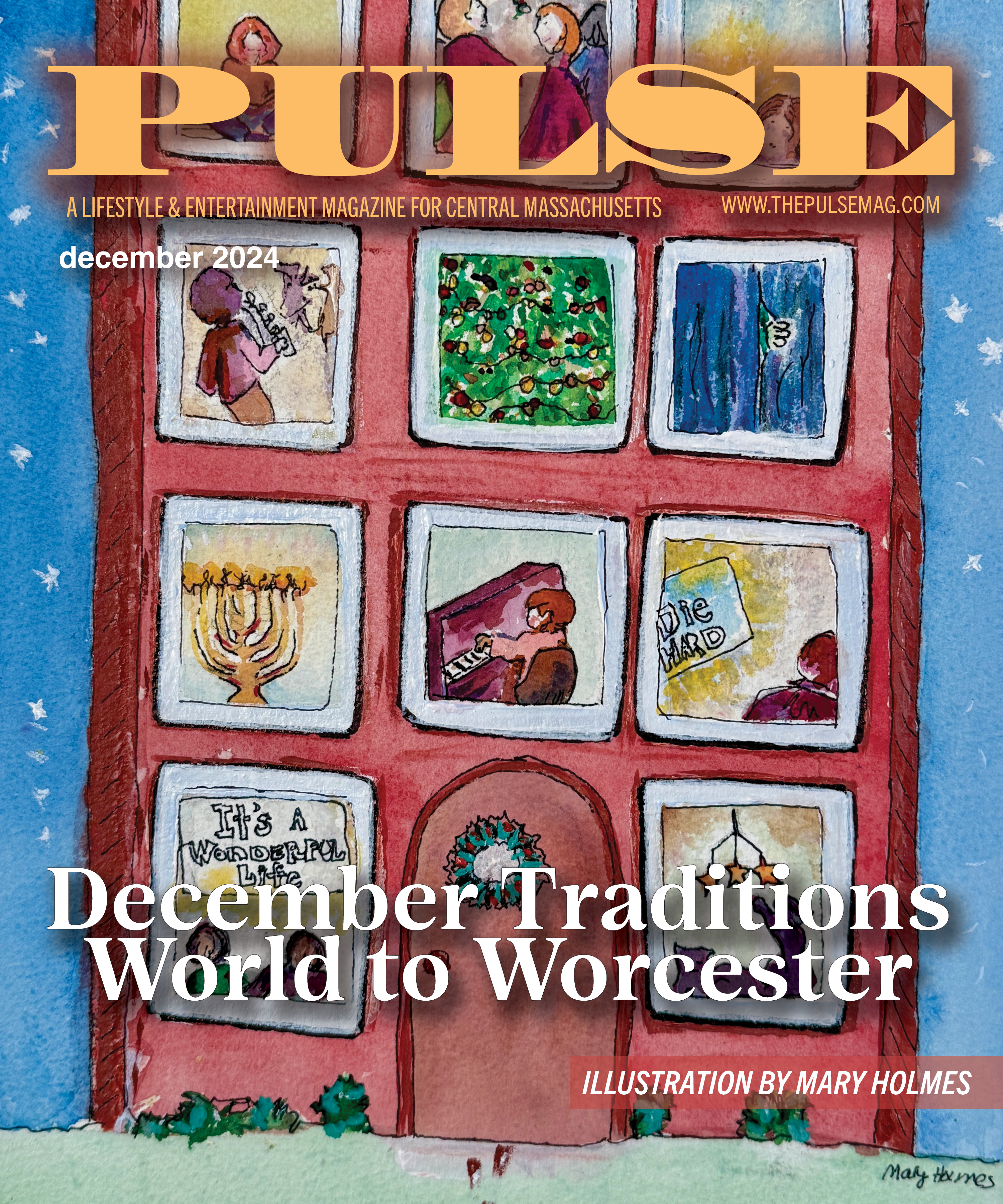THE PHOTOGRAPHY OF STEPHEN SHORE, 1968-1993
By Leon Nigrosh

In 1961, when Stephen Shore was only 14 years old, world-famous photographer Edward Steichen purchased several of Shore’s photos for the Museum of Modern Art in New York City. By age 17, Shore was documenting the frenetic activities at Andy Warhol’s infamous “Factory.” During that time, he came under the influence of Warhol’s deadpan public persona, one which belied the artist’s energetic creativity. In 1971, at age 23, Shore became the first living photographer ever to have a one-person show at NYC’s Museum of Modern Art.
Then, in 1973, Shore hopped in his car (who has a car in NYC?!), hit the road, and was never the same again. Born and raised in the claustrophobic vertical canyons of New York City, Shore was completely bedazzled and bewildered by the vast stretches of horizontal landscape that he encountered on his travels. As he journeyed cross-country, he began to photograph nearly everything he saw, including his motel rooms, his breakfasts, toilets, TV sets, ramshackle houses, gas stations, dirt roads, and more.
The current show at the Worcester Art Museum, drawn from his series “Uncommon Places,” is a selection of more than 80 of these images, augmented by a number of his conceptual images and pieces from an earlier series entitled “American Surfaces.” As exciting as this may sound, the word that first came to my mind was “boring.” Almost all the skies are the same shade of bright blue ~ with the exception of one magnificent Wyoming rainbow (behind some parked cars) and a roiling burst of rain clouds at Yellowstone (behind a bunch of parked cars). All the buildings are smack-dab in the middle of the frame. The majority of the images are bereft of humanity. Even the few people in several portraits seem bored. Coincidentally, around the same time that Shore was on his adventure, my brother and I were busy racking up about 12,000 miles of travel inside the U.S. We saw Mid-Western dirt track racing, went to rodeos, witnessed country fair pie-eating contests, watched Left Coast surfers, froze our butts at Craters of the Moon in Idaho, and even went to Disneyland. I guess Shore took a different route.
 Fortunately, WAM curator David Acton strolled into the gallery and helped me put the exhibition into context. It was the ‘70s. People were slowly and reluctantly beginning to view photography as an art form. Kodak 3×5 prints were ugly and 8×10 color sheet film was very expensive. Few photographers were shooting color and even fewer were willing ~ or able ~ to make such large prints (Shore’s prints are mostly 25×29 inches. Some of his later landscapes are a whopping 34×42 inches). He went on to say that Shore was one of the first photographers to think of his images in serial form and then actually present them as a series.
Fortunately, WAM curator David Acton strolled into the gallery and helped me put the exhibition into context. It was the ‘70s. People were slowly and reluctantly beginning to view photography as an art form. Kodak 3×5 prints were ugly and 8×10 color sheet film was very expensive. Few photographers were shooting color and even fewer were willing ~ or able ~ to make such large prints (Shore’s prints are mostly 25×29 inches. Some of his later landscapes are a whopping 34×42 inches). He went on to say that Shore was one of the first photographers to think of his images in serial form and then actually present them as a series.
And whether Shore admits it or not, it’s Warhol’s influence that permeates his work. It’s all very well thought out and carefully calculated ~the heavy 8×10 Deardorff bellows camera perched on a tripod sees everything. The long exposure times meant that nothing in the picture could be moving ~ hence the general lack of people. And the deadpan look to the work requires more concentration on the part of the viewer to discover just what it was that Shore saw at that time and at that place.
Having said all that, the only shot more interesting and amusing than the one of a billboard showing an Alpine mountain stuck in the midst of a barren field in Oregon is a very large and wide landscape shot in the Yucatan. If you look really closely, you can see a dog peeing.
What: Biographical Landscape: The Photography of Stephen Shore, 1968-1993
Where: Worcester Art Museum, 55 Salisbury Street
When: Through June 25, 2006
Call: 508-799-4406
Note: Stephen Shore will give an artist’s talk on Saturday, May 7 at 2 pm






